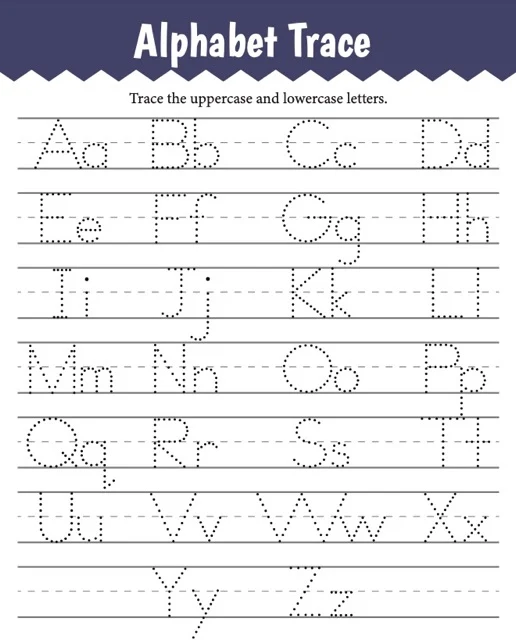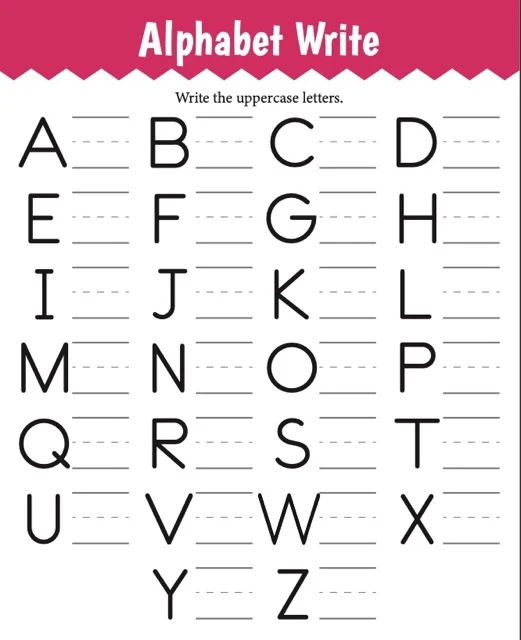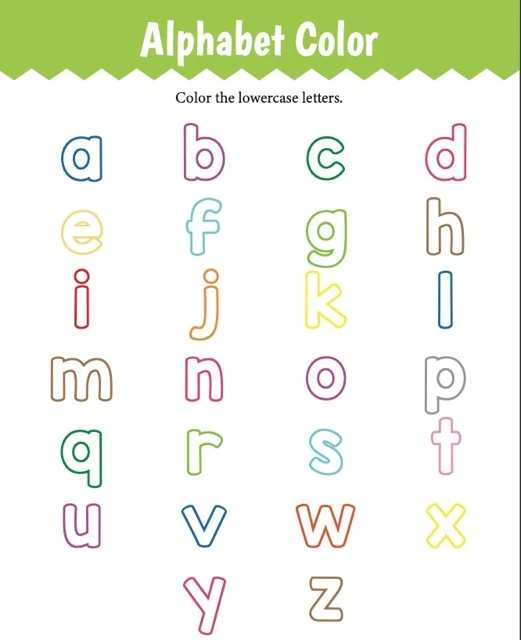Alphabet Practice for Young Children
This briefing document summarizes key sources on alphabet practice, emphasizing its importance in building foundational literacy skills. Learning the alphabet is a child's first major step into the world of reading and writing. This guide explores how to make alphabet practice a fun and fruitful journey for your young learner.
The most effective methods include diverse activities like tracing, writing, and coloring to enhance letter recognition and fine motor skills. Experts stress individualized learning to cater to different learning styles and highlight the crucial role of supportive parents and educators. Finally, it is vital to provide age-appropriate introduction and engaging learning experiences to foster a love for learning.
Free Practice Worksheets
More Than Just Memorization
To truly master the alphabet, children benefit from a variety of engaging activities that cater to different learning styles. The most effective practice includes:
- Tracing: Following dotted letterforms helps children learn correct letter formation and refines the fine motor skills necessary for writing.
- Independent Writing: Once comfortable with tracing, writing letters from memory solidifies letter recognition and builds handwriting proficiency.
- Coloring: Coloring letters and associated pictures makes learning enjoyable, enhances visual memory, and improves hand-eye coordination.
The Building Blocks of Literacy
These simple activities pack a powerful developmental punch. Consistent alphabet practice helps children:
- Strengthen Letter Recognition: Repeated exposure to letter shapes through tracing, writing, and coloring ensures that children can quickly and accurately identify letters.
- Develop Fine Motor Skills: The controlled movements used in these activities are crucial for developing the muscle control needed for legible handwriting.
- Foster a Love for Learning: When practice is fun and engaging, children develop a positive attitude towards learning that can last a lifetime.
Parents and educators play a vital role by creating a supportive environment, providing engaging materials, and celebrating every small success. By making alphabet practice a playful and encouraging experience, we can set our children on the path to becoming confident and fluent readers and writers.
Difficult Words & Meanings
- Age-appropriate
- Suitable for a particular age group.
- Associated
- Connected with something else.
- Briefing
- A summary of information or instructions.
- Cater to
- To provide what is wanted or needed by someone.
- Coordination
- The ability to use different parts of the body together smoothly and efficiently.
- Crucial
- Extremely important or necessary.
- Developmental
- Relating to the process of developing or growing.
- Diverse
- Showing a great deal of variety; very different.
- Educators
- People who teach or provide education, like teachers.
- Engaging
- Interesting and holding your attention.
- Enhance
- To improve the quality or value of something.
- Fine motor skills
- The use of small muscles in the hands and wrists.
- Fluent
- Able to do something smoothly and easily.
- Formation
- The way something is shaped or formed.
- Foster
- To encourage the development of something.
- Foundational
- Serving as the base or starting point for something.
- Fruitful
- Producing good results; successful.
- Individualized
- Tailored to fit the special needs of a specific person.
- Legible
- Clear enough to read.
- Literacy
- The ability to read and write.
- Proficiency
- A high level of skill or expertise.
- Recognition
- The ability to identify something you have seen before.
- Refines
- To improve something by making small changes.
- Solidifies
- To make something stronger or more certain.
- Summarizes
- To give a brief statement of the main points.








